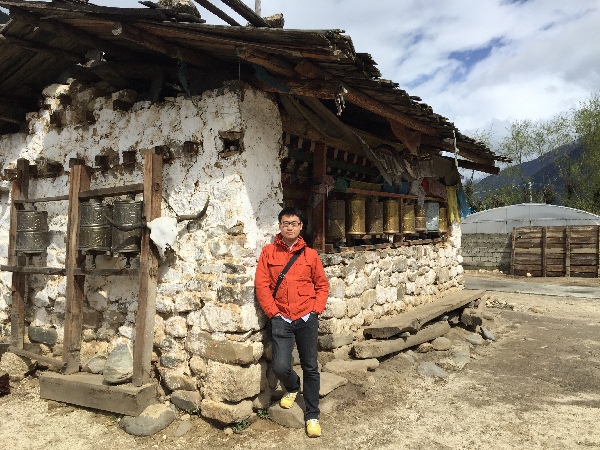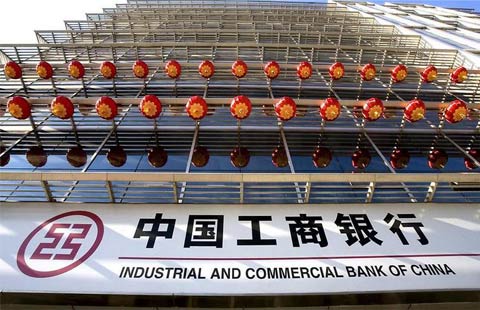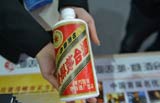Driving into a picture postcard
By Wang Wen (China Daily) Updated: 2015-06-02 09:43
 |
|
Chen Xu plans to launch a mobile app with road trip tips and information about Tibet. [Photo/China Daily] |
Last year, revenue from internal tourism was 3.1 trillion yuan, a 16.7 percent increase compared to 2013. This year, the academy expects the number of personal trips will top 4 billion, while revenue is likely to hit 3.6 trillion yuan.
One of the growing trends has been motoring vacations. More than 3.6 million people voted online for their top 10 driving destinations in a poll conducted by Ctrip.com International Inc, China's largest Internet travel agency.
Favorite spots included Yangshuo in Guangxi Zhuang autonomous region, Zhangjiajie in Hunan province, southeast areas of Guizhou province and Yixing in Jiangsu province.
Other popular destinations were Weihai in Shandong province, Qinghai province, Dujiangyan in Sichuan province and Mile city in Yunnan province. The list also included Yinchuan in Ningxia Hui autonomous region.
"Driving trips, or vacations, are become more and more popular as more people own vehicles," Dai Bin, head of China Tourism Academy, said.
In the next 10 years, the China Association of Automobile Manufacturers is forecasting that 1 billion people will own a driving license.
Cars sales in the country are booming and there were more than 85 million private vehicles on the road by the end of 2013. To keep up with this rise, new infrastructure projects, such as highways, service areas and garages, have sprung up across China.
"Along with new technologies like navigational aids and mobile communications, this will support the trend in driving vacations," Dai said.
The route between Sichuan to Tibet has benefited from this infrastructure expansion. As you cross into the region, you can travel through dense forests and visit the world's deepest canyon, the Yarlung Zangbo Grand Canyon.
"The local government has improved the infrastructure for self-driving tourists recently, such as parking areas and tour camps," Zhong said. "The number of inns and family hotels, which are usually owned by local residents, have increased."
Cross-country vehicles, such as SUVs, can be seen dotted along the highway. They are popular for the winding climbs through mountainous terrain and crossing rivers. Drivers also have to pay attention to the speed limit, which is 60 kilometers per hour in Nyingchi prefecture.
But as this new breed of tourists flock to Tibet, Chen Xu, an entrepreneur, plans to launch an information mobile app with road trip tips and information. He decided to include his driving experiences while traveling in Tibet last month, and the app is currently being tested before its launch.
Chen spent seven days driving in the Nyingchi area. It was his second driving trip to Tibet. "The road conditions have changed a lot compared with the first time I was here in 2011," Chen, 35, who lives in Shenzhen, Guangdong province, said. "It is even easier to drive in Tibet than in big cities, as the roads are not as crowded."
- Xinjiang improves travel services to boost tourism
- China's Silk Road crucial for Italian tourism: official
- China, Italy boost tourism cooperation on new Silk Road
- 'Beautiful China 2015, Year of Silk Road Tourism' held in Italy
- Carriers fly the flag to the US
- China's tourism competitiveness on steady rise: research
- PMI up slightly in May vs April
- MAS confident of turnaround by 2018
- Aspiring e-commerce entrepreneurs must avoid being trapped in the regulatory maze
- Debt reform takes a lower priority to stabilizing growth
- FTA signed with Seoul
- Chinese wheels set to run on UK rails
- Didi Kuaidi dives into car-pooling market
- China Eastern given the nod to provide inflight Wi-Fi services

















